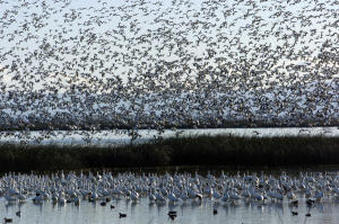
Now that we’ve introduced some of our winter visitors...
let’s talk about migration!
Why Migrate?
Migration is an annual seasonal movement, with birds usually travelling from northern areas to southern ones. Migration is mostly driven by food availability, changes in habitat and weather. The longer summertime days in the north provides breeding birds with more time to feed their young while temperatures are milder and food is plentiful. As fall brings colder weather, migrational populations of birds move south to winter in areas with less severe temperatures and more plentiful food.
For humans, it takes a GPS, map, directions, or at least a compass to navigate to far-away destinations. Birds, on the other hand, are able to rely on celestial cues from the sun and stars, the earth’s magnetic field, and mental maps. Birds seem to know when to migrate based on changes in day length, and some populations are so punctual that their movement can be predicted down to the day!
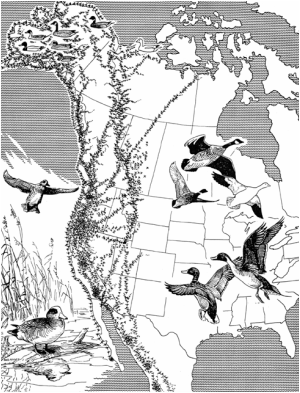 The Pacific Flyway
The Pacific Flyway In North America, migrating birds use four major migratory routes- the Pacific, Central, Mississippi, and Atlantic flyways. The birds we see here in Long Beach are travelling along the Pacific Flyway, which extends from Alaska to Patagonia. The Pacific Flyway is unique because it contains the most varied waterfowl habitats in North America- from the Arctic to the west coast of Mexico, the Rocky Mountains to the Pacific Ocean. In fact, 60% of birds on the Pacific Flyway and 20% of North America’s waterfowl population winters in or migrates through California!
Most migrators rely on stopovers during their migration. A stopover is like a rest area, it provides food and a place to rest so that birds have enough energy to continue on their migration. Here in Long Beach, the Colorado Lagoon and the Los Cerritos Wetlands provide a resting place for birds who are passing through or staying for the season.
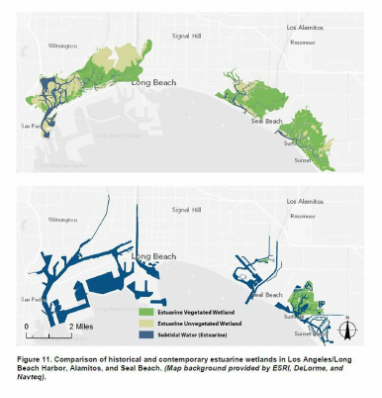 Historical wetlands map from Southern California Coastal Water Research Project (SCCWRP)
Historical wetlands map from Southern California Coastal Water Research Project (SCCWRP) Although public lands like Wildlife Refuges and National Parks provide critical stopover habitat to migrating birds, there is not enough land to provide all the food and habitat that birds need. Having more birds concentrated in smaller stopover areas makes populations much more vulnerable to threats like predation and disease. In addition, if there are too many birds using a given area they may actually damage their own habitat from eating too much of the vegetation as well as nearby crops.

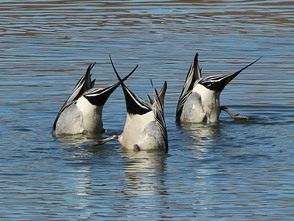
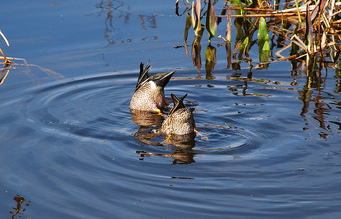
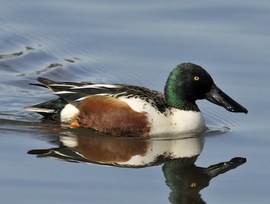

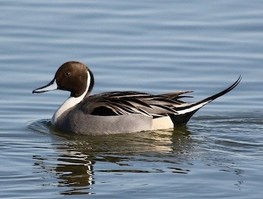
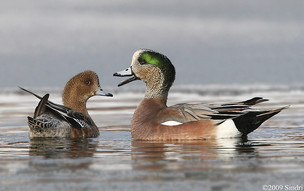
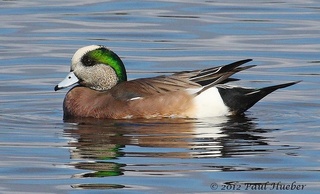
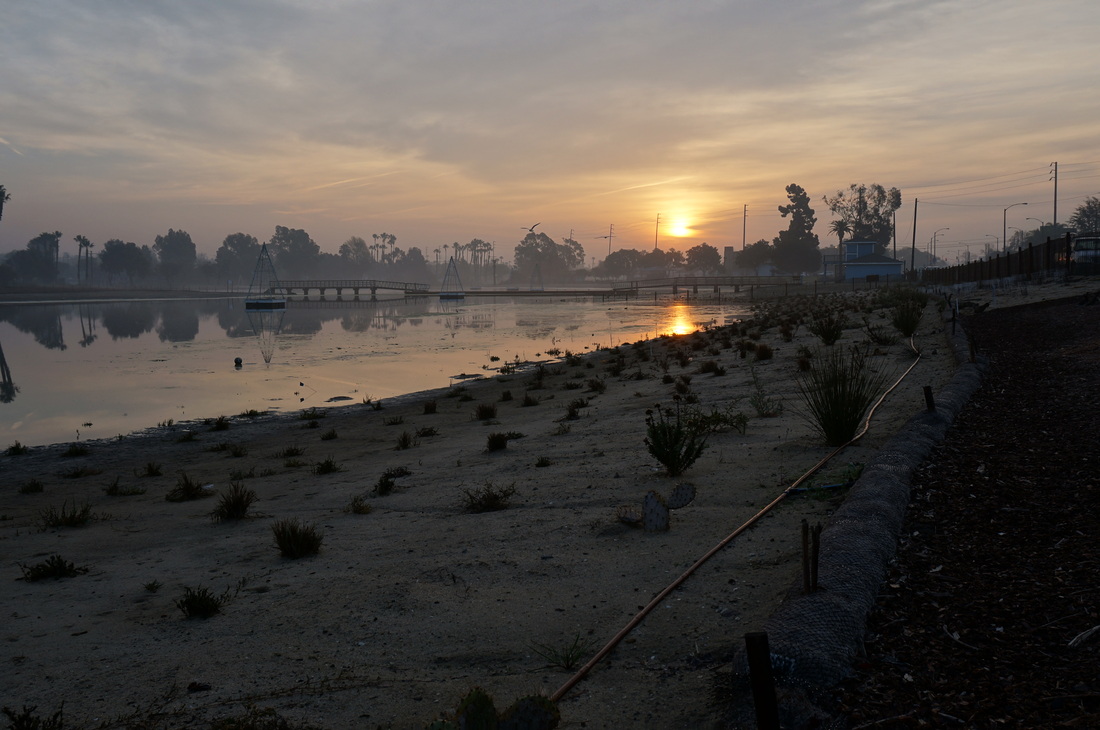
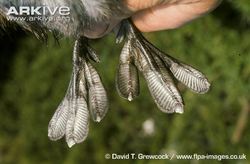
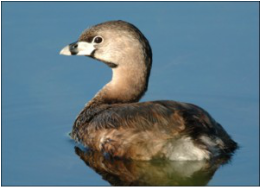
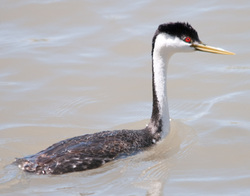
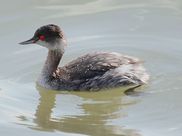
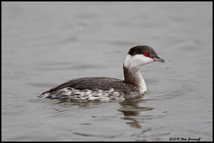
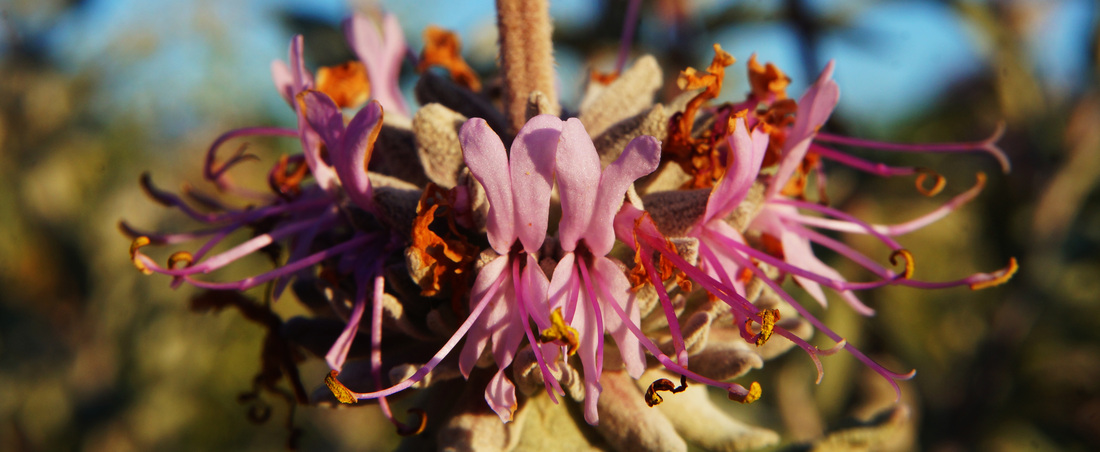
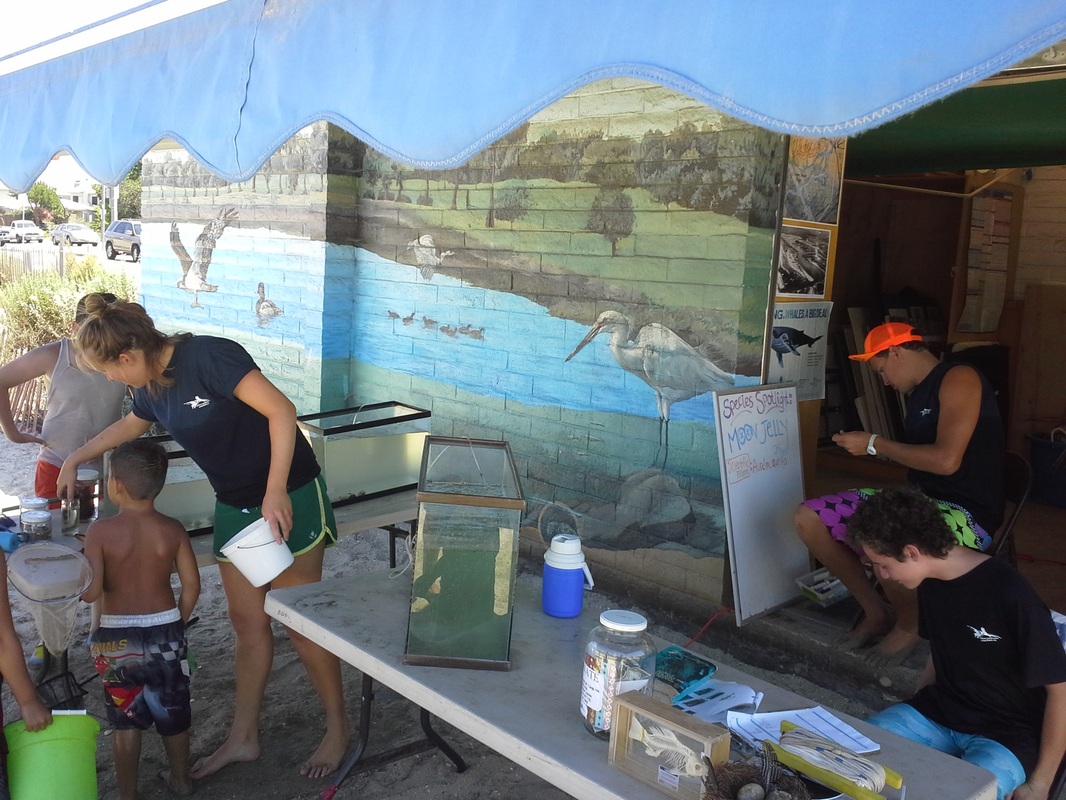

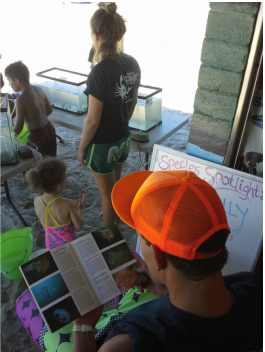






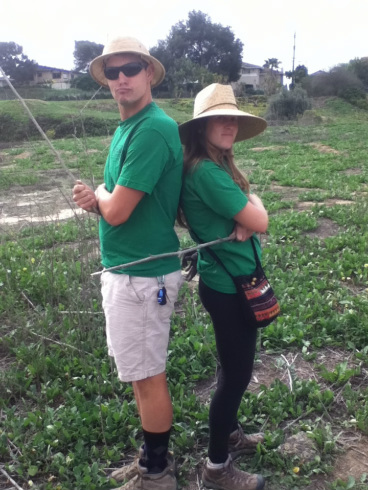




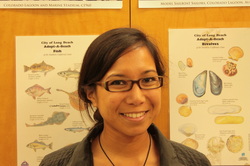
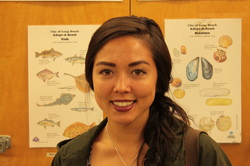

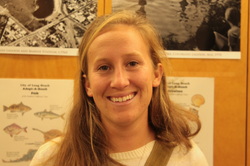
 RSS Feed
RSS Feed